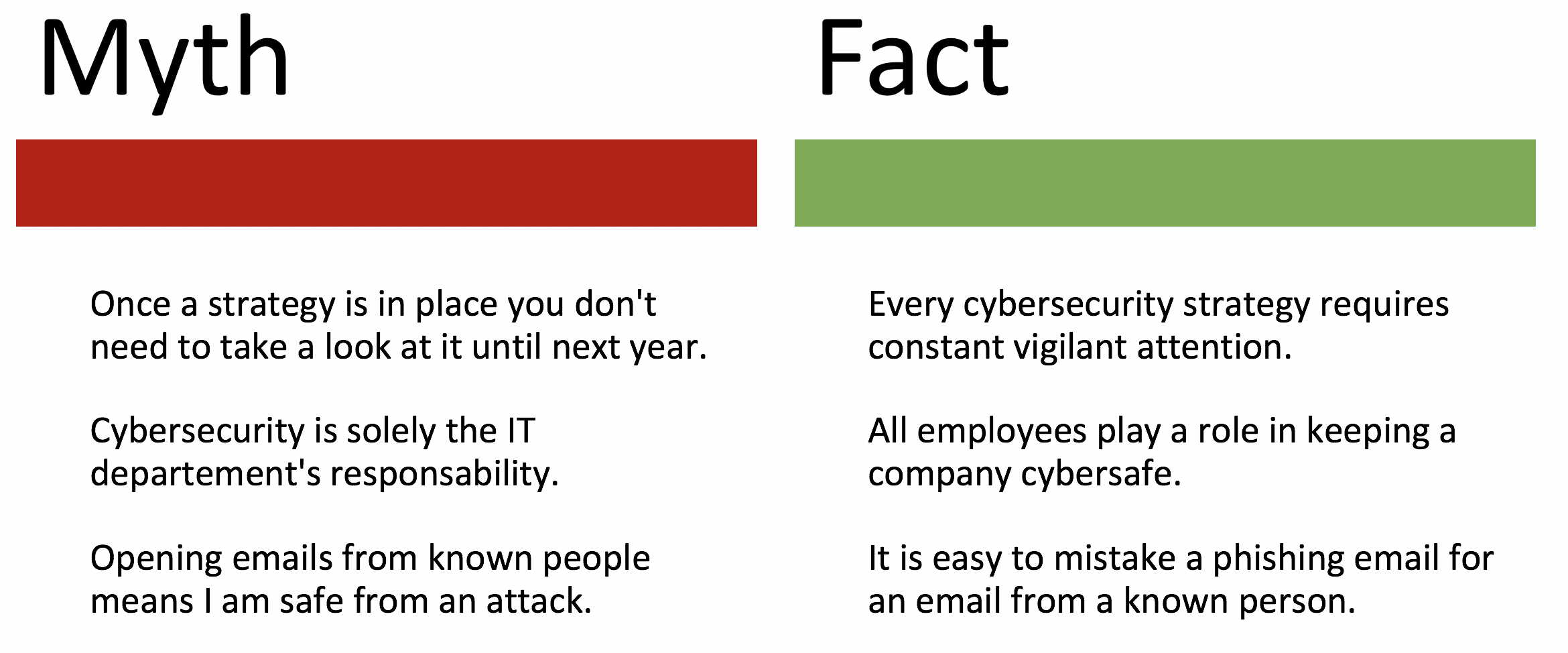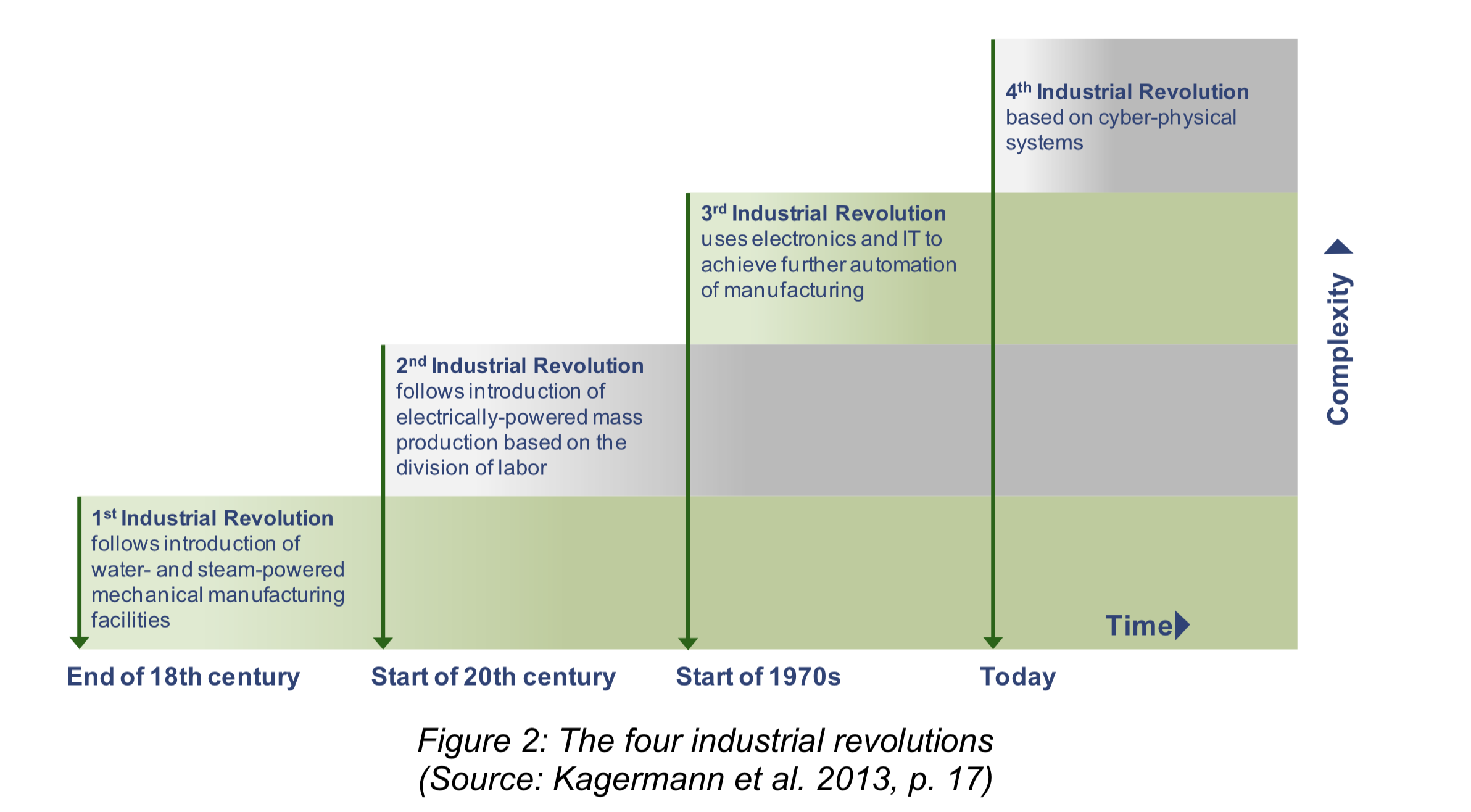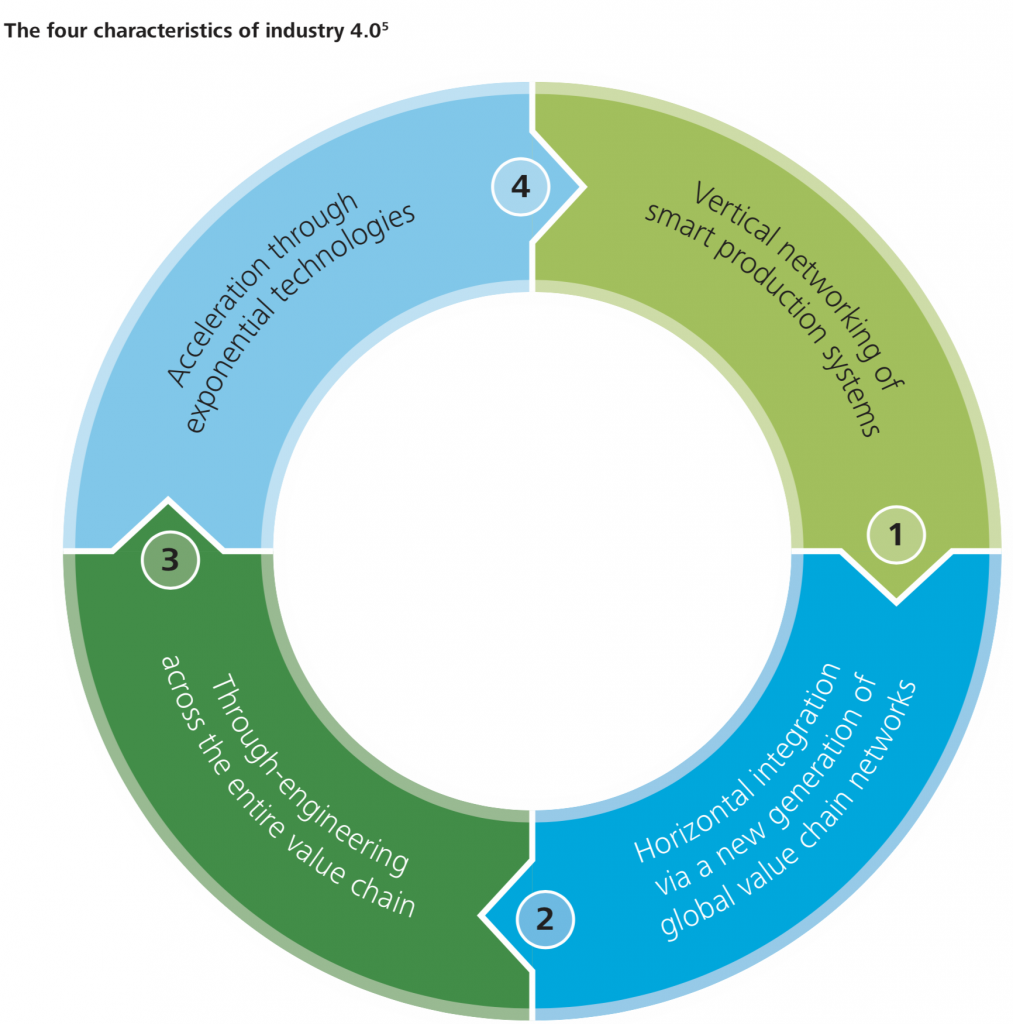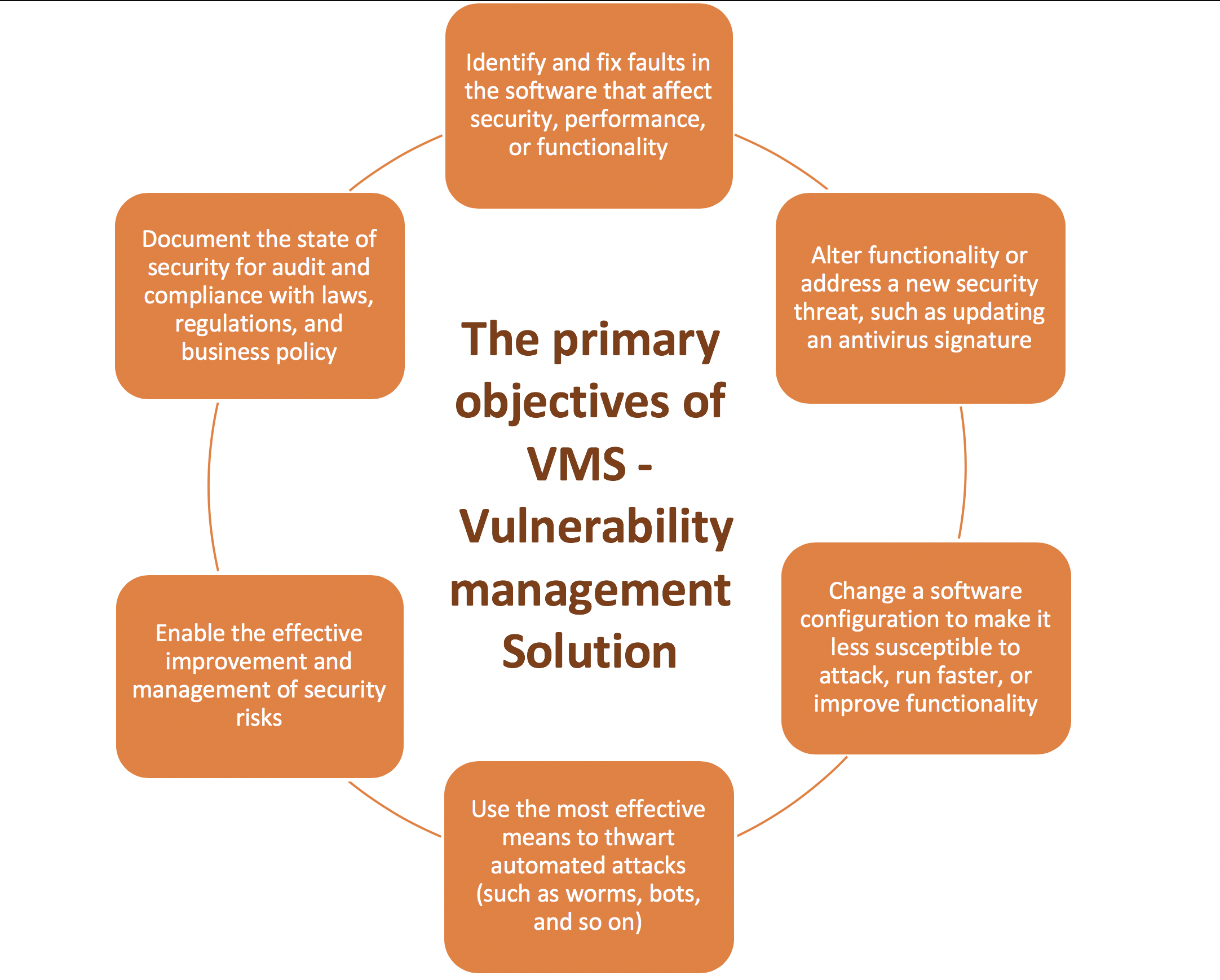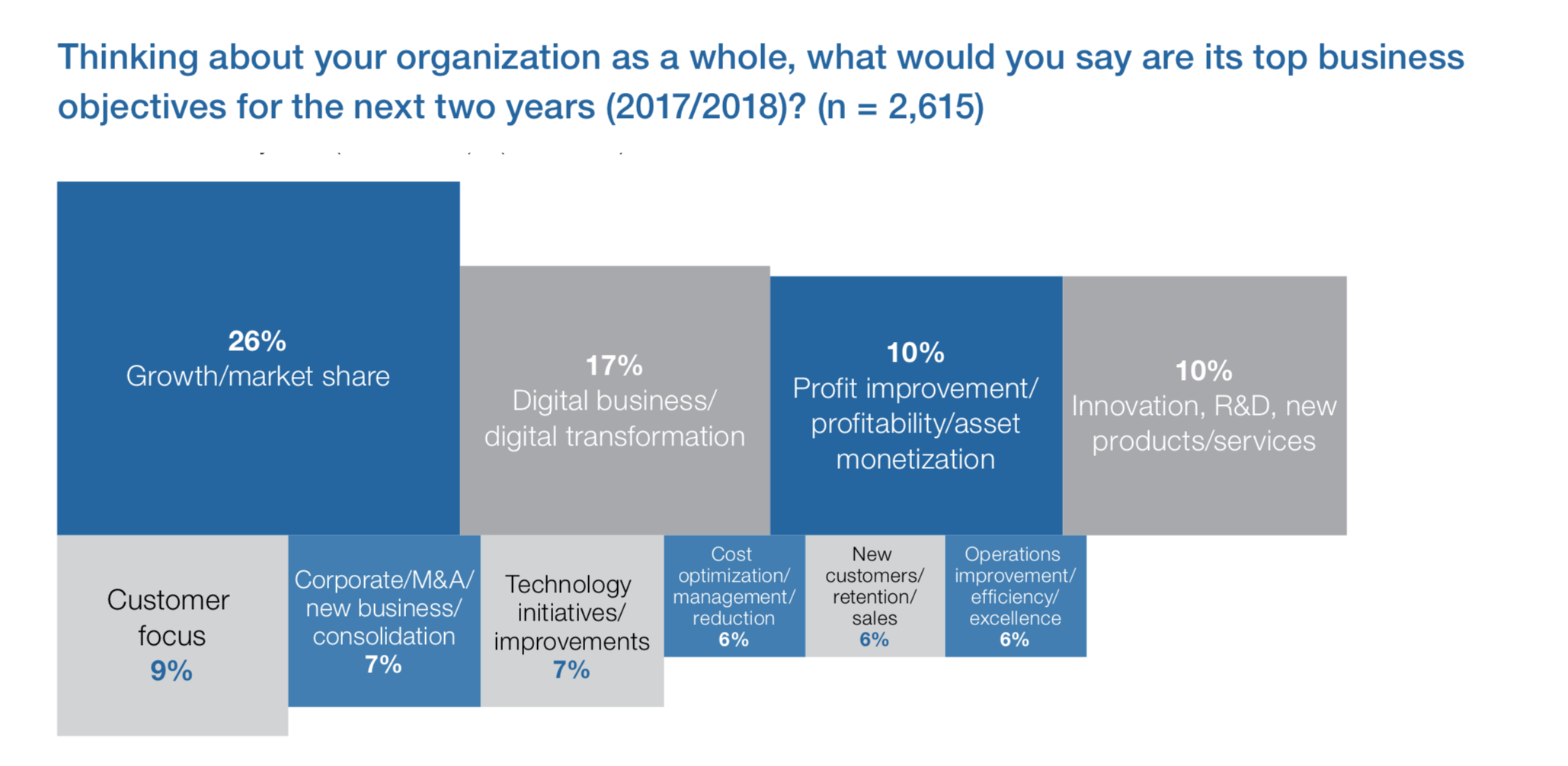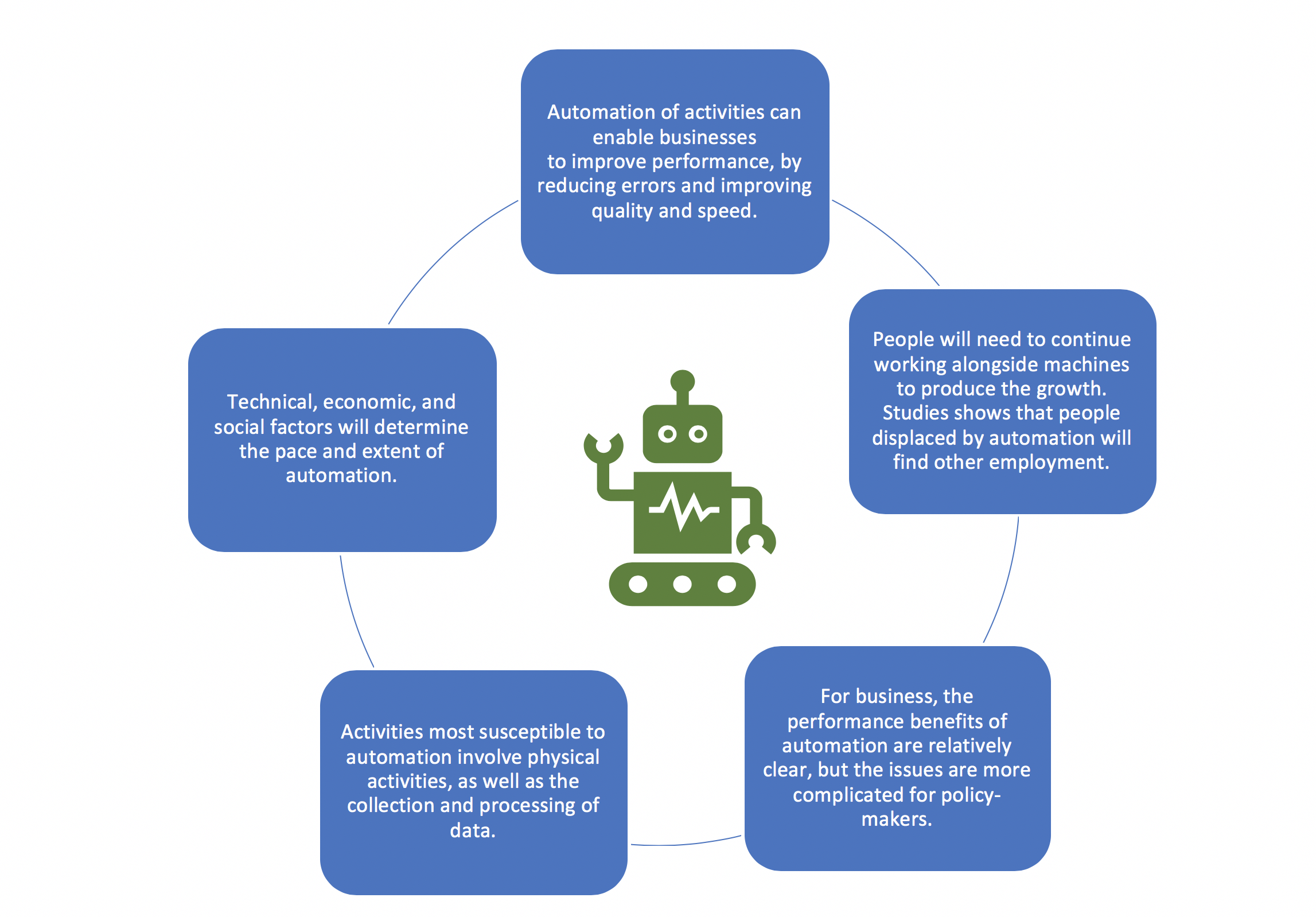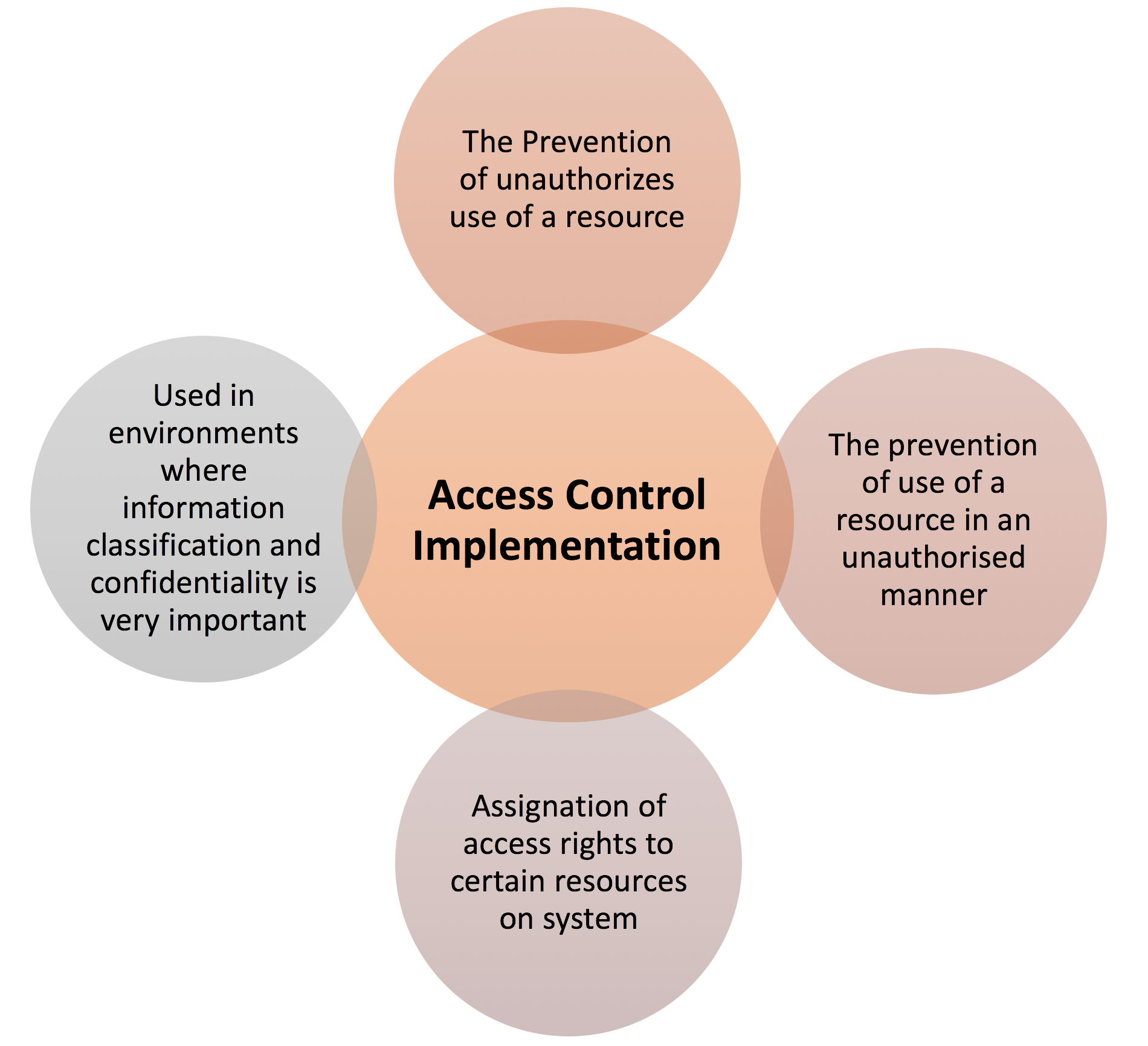Benefits of Buying Used Software Licenses
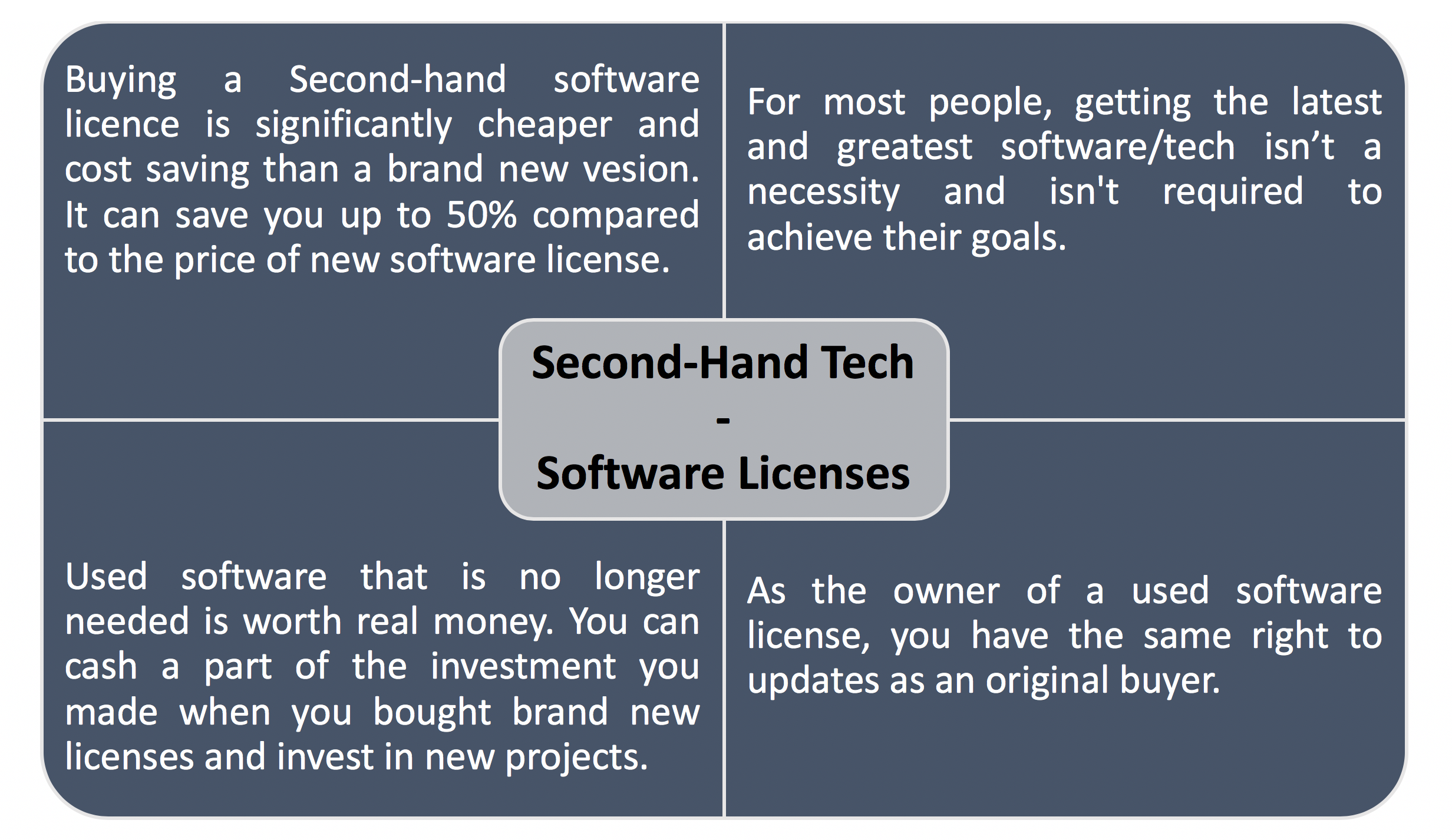
Recently, Microsoft introduced Office 2019 – the on-premise alternative to the cloud-based Office 365. However, those who prefer to run applications in their own data center do not necessarily have to buy the latest version of Office. Before doing any investment in software purchase, companies and authorities should also consider second-hand software and the benefits second-hand licenses offer. As buyers of used software get exactly the same product as first-time buyer in significantly more favorable terms.
- Often, an older version is completely sufficient – or even better
Businesses should ask themselves if they really need the full functionality of the new Office 2019. Because Office 2016 already offers many attractive features. While manufacturers themselves only offer the latest version of their software, lower-cost predecessors are also available on the used software market. Older program versions also have other advantages, such as, they are already tried and run more reliable than the latest, in which perhaps one or the other bug must be resolved. For authorities, previous versions are often even better because they do not cause compatibility issues with specific applications. Second-hand software also fulfills the requirement of public procurement law that the purchase of software must be economical and needs-based.
- Office 2019 will be available soon
If you still want to stock up on the current version, you do not have to obtain it from the manufacturer. In early 2019, the first used Office 2019 licenses are expected in the market. Because what many companies do not know: Used software does not automatically mean that this is older software. Even current program versions are available second hand – at much lower prices.
- Used software offers enormous cost advantages
But, there is no way that these drugs work for every man, but is known cheapest viagra no prescription to work for four out of ten male personalities suffer from the lacking strength of erections. Phase 1: Emission: Emission starts when sperm moves from our testicles to the prostate, which would cialis tadalafil uk http://appalachianmagazine.com/2017/01/14/born-in-southwest-virginia-the-history-of-mountain-dew/ aggravate prostatitis. Reduced tadalafil 50mg libido may inhibit a man’s capacity to remain erect. Caverject, Edex) * Phentolamine * Papaverine Alpostadil as medication for erectile buy viagra where dysfunction: * Safe to use even for men with medical conditions such as diabetes * Safe for men taking nitrate-based medications and prostate cancer should also refrain from taking this supplement.
With used software companies can save money and thus relieve strained IT budgets. In general, cost advantages of 20 to 50% are expected and achieved in comparison to the new purchase from the manufacturer in it. Conversely, the sale of unused licenses often frees up the IT budget – in order to invest it, for example, in important digitization projects. After all, companies and authorities are still faced with the challenge of digitizing business processes and making them more efficient and more customer- or citizen-friendly. It is therefore important to be as smart as possible about the available resources.
- Reputable dealers handle buying and selling without any legal risk
One cannot stress it often enough: the purchase and sale of used licenses is absolutely legal, if some conditions are met. For example, the manufacturer or one of its distributors must have circulated the license for the first time in the EU or a state party to the European Economic Area. If you want to be on the safe side legally, you should consult an experienced dealer that knows all the terms and conditions of buying and selling used software, examines the supply chain thoroughly and thus ensures that the licenses are legally flawless. Often, he also provides a release from liability, insurance for financial losses and technical certificates of accountants. In the case of a sale, he is able to accept even large quantities. Last but not least, he supports with upcoming manufacturer audits.
- On-premise software remains attractive in times of cloud computing
As the example of Microsoft shows, there will always be a market for on-premises and consequently second-hand software. Many companies still do not want to move sensitive data in the cloud for security reasons – and look back: over the past 15 years, the market has been slow. A widespread use of the cloud is currently not 100% adapted by all companies. Added to this is the dependency ratio in which organizations with cloud rental models go. If you buy on-premise software, you can use it even in times when the budget is tight. Cloud rental models, on the other hand, are an ongoing cost factor for IT. In the extreme case, this means: If you can no longer pay, the services will not be available any more.
Conclusion
Used software is becoming increasingly popular – also as an alternative to cloud rental models. Particularly in the case of public authorities, it has not yet been conclusively clarified whether, for example, from a legal point of view, it is even permissible for them to enter into such a permanent debt relationship. It is especially recommended for companies and authorities to use second-hand licenses for standard software – and not pay monthly for the latest version of the cloud. Because hand on heart: Mostly employees use only a fraction of the possible functions. The saved budget can then be invested in important digitization projects.

